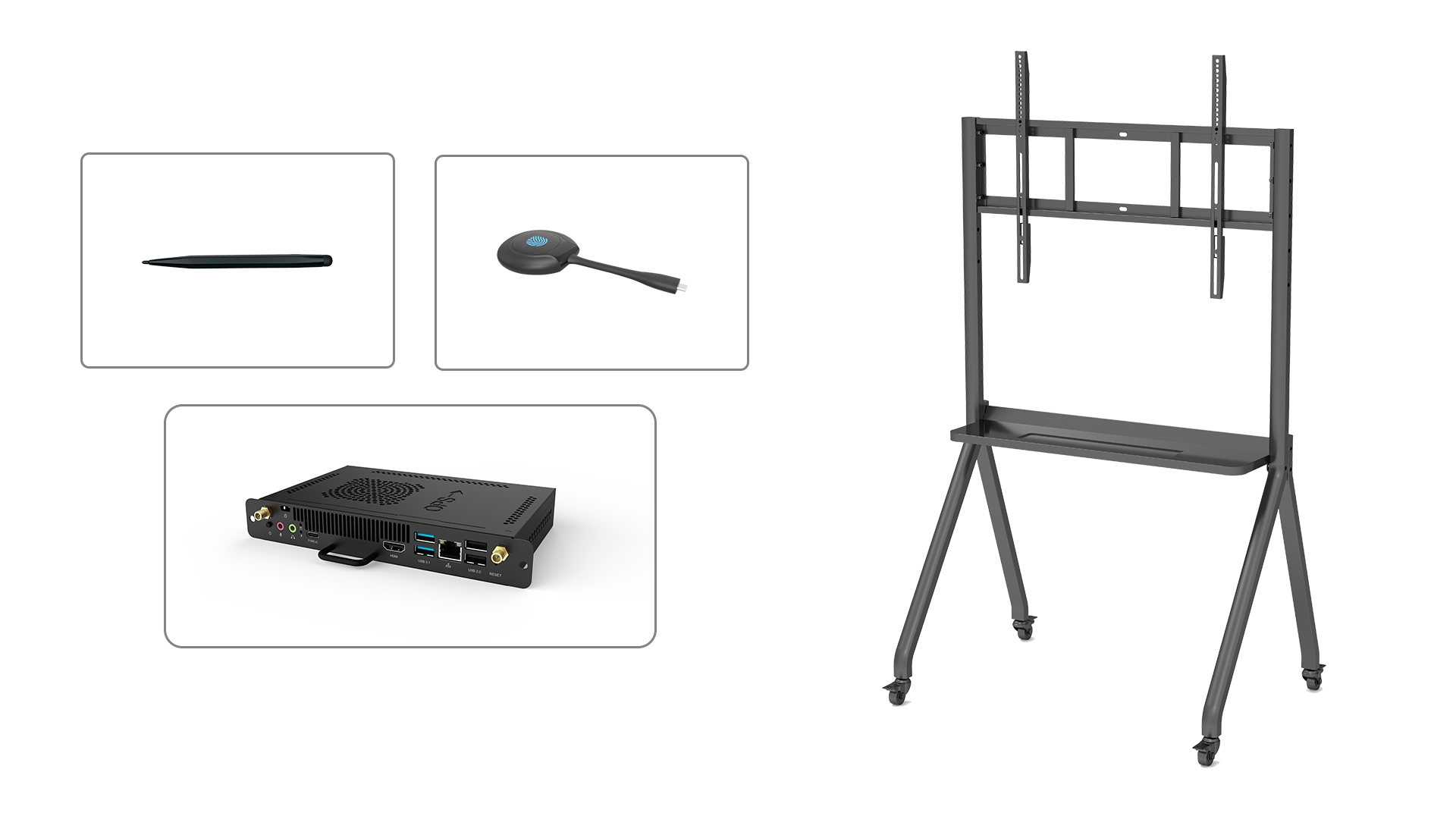Introduction
Smart boards, also known as interactive whiteboards, have revolutionized the way we teach, learn, and collaborate in the modern classroom. With their interactive features and advanced technology, these interactive whiteboards offer an engaging and dynamic learning experience for both students and educators. In this comprehensive guide, we will explore what a smart board is, how it works, its benefits, and its various applications in education and beyond.
What is a Smart Board?
A smart board is a large interactive display that connects to a computer or mobile device, allowing users to control and interact with the content displayed on the board using their fingers or a stylus. It combines the functionality of a traditional whiteboard with the power of a computer, offering a wide range of multimedia capabilities and interactive features. Smart boards can be wall-mounted or placed on a stand, and they typically feature touch-sensitive surfaces and built-in speakers for audio playback.
How Does a Smart Board Work?
Smart boards use a combination of hardware and software to create an interactive learning environment. The board itself acts as a display, while the computer or mobile device connected to it serves as the control center. The board's touch-sensitive surface detects the user's touch or gestures, allowing them to interact with the content displayed. The software provided with the smart board enables additional functionalities, such as handwriting recognition, gesture recognition, and the ability to save and share content.
Benefits of Using a Smart Board
Smart boards offer numerous advantages over traditional whiteboards and chalkboards. Here are some key benefits:
- Enhanced engagement: The interactive nature of smart boards keeps students engaged and actively involved in the learning process.
- Visual and multimedia capabilities: Smart boards support the use of images, videos, and interactive multimedia content, making lessons more visually appealing and informative.
- Collaboration and interactivity: Smart boards facilitate collaborative learning by allowing multiple users to interact with the board simultaneously, fostering teamwork and active participation.
- Improved retention and comprehension: The combination of visual elements, interactive activities, and multimedia resources helps students better understand and remember the taught concepts.
- Efficient note-taking and organization: Smart boards enable teachers to save and organize their notes digitally, making it easier to review and share them with students.
Applications of Smart Boards in Education
Smart boards have found widespread use in educational settings, transforming classrooms into interactive learning environments. Here are some popular applications:
1. Interactive Lessons
Teachers can create interactive lessons and presentations using various multimedia resources, such as videos, images, and interactive activities. This allows for a more engaging and personalized learning experience.
2. Collaborative Learning
Smart boards promote collaboration among students by enabling group activities and interactive discussions. Students can work together on projects, solve problems, and present their findings to the class.
3. Digital Workspaces
Smart boards serve as digital workspaces where teachers and students can write, draw, and annotate content. This eliminates the need for physical materials like markers or chalk and allows for easy sharing and saving of work.
4. Assessment and Feedback
Smart boards provide teachers with the ability to assess students' understanding in real-time. They can use interactive quizzes, polls, and games to gauge comprehension and provide immediate feedback.
5. Distance Learning
In the era of remote learning, smart boards facilitate virtual teaching by enabling teachers to deliver lessons, share resources, and interact with students in real-time through video conferencing platforms.
Conclusion
Smart boards have become an essential tool in modern education, offering a wide range of benefits and applications. Their interactive features, multimedia capabilities, and collaborative functionalities make them invaluable in creating engaging and interactive learning environments. Whether used in traditional classrooms or virtual settings, smart boards have the power to transform education and enhance student learning outcomes.






